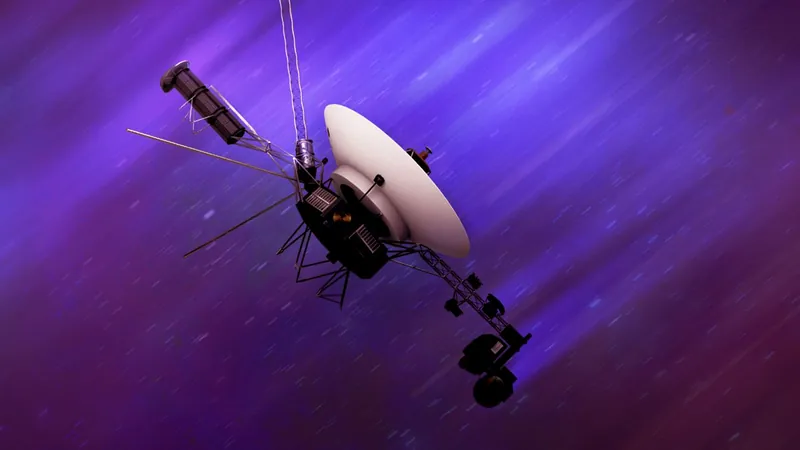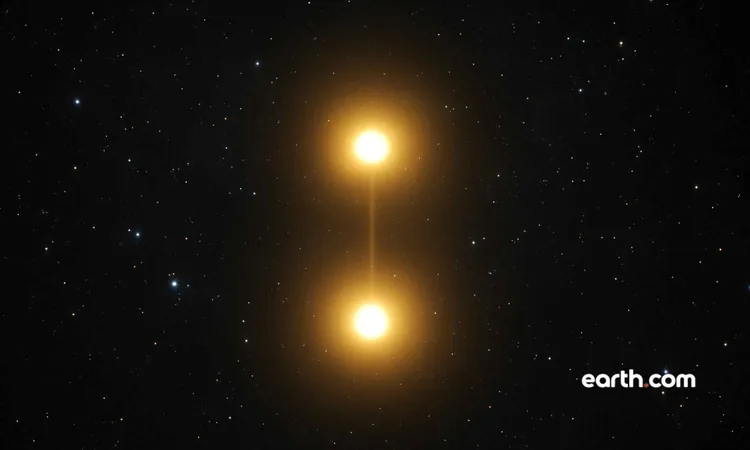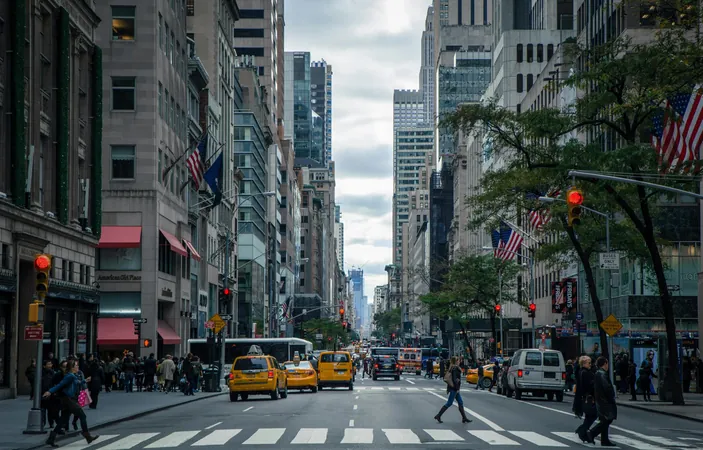
Voyager 1 Makes a Stunning Comeback with Revived Thrusters!
2025-05-14
Author: Wei Ling
NASA’s Stellar Engineering Feat!
In a remarkable twist for space enthusiasts, NASA's Jet Propulsion Laboratory has successfully revived thrusters aboard the Voyager 1 spacecraft, which had been sidelined since 2004! This ingenious task not only showcases the brilliance of human engineering but also serves as a crucial backup as concerns rise about the active thrusters, facing potential issues from fuel residue that could render them inactive as soon as this fall.
The Thruster Dilemma
Launched in 1977, Voyager 1 is racing through interstellar space at an incredible 35,000 mph (56,000 kph), relying heavily on its thrusters for orientation. These primary thrusters help keep the spacecraft’s antennas pointed towards Earth, ensuring it can send back essential data and receive commands. With the backdrop of an impending communication blackout for upgrades slated for May 4, the urgency to use the newly revived thrusters can’t be overstated.
Unraveling the Mystery of the Malfunction
The turn of events can be traced back to 2004 when Voyager 1's primary roll thrusters fell silent due to power failures in their heaters—a situation engineers thought was irreversible. "At the time, the team was comfortable relying on the backup, underestimating the mission's longevity," revealed Kareem Badaruddin, Voyager mission manager at JPL. But the possibility of complications from a lack of roll control led to a thorough reevaluation. Engineers suspected a circuit issue may have inadvertently disabled the heaters.
A Race Against Time
Reactivating the primary roll thrusters was no easy feat—timing was critical. The team orchestrated a plan to power the dormant thrusters and simultaneously troubleshoot the heaters. They had to ensure the star tracker stayed aligned with its guide star to avoid potential hazards, including a risky small explosion if the heaters remained inactive.
Communications Blackout Ahead
The looming upgrade of the Deep Space Network's antenna, which will experience significant downtime until early 2026, added to the urgency. This particular dish in Australia is the only one capable of robustly communicating with the Voyagers, making the team's preparations vital. Suzanne Dodd, Voyager project manager, emphasized the importance of these upgrades for future space missions and the need to ensure Voyager's communication systems remain intact.
Mission Accomplished!
On March 20, the moment of truth arrived. The team executed their commands, and—after a nail-biting 23-hour wait for the signal to return—victory emerged! The thrusters sprang to life, their heaters warming against the cold of space, and jubilation erupted at JPL as Todd Barber, propulsion lead, noted it was an unexpected but glorious triumph for the mission.
A Historic Moment for Humanity!
In a world where space exploration teeters on the brink of impossibility, this revival of Voyager 1's thrusters stands as a testament to human ingenuity and perseverance. This miraculous comeback not only adds an extra layer of reliability for the aging spacecraft but reinforces the idea that miracles can, indeed, happen among the stars.



 Brasil (PT)
Brasil (PT)
 Canada (EN)
Canada (EN)
 Chile (ES)
Chile (ES)
 Česko (CS)
Česko (CS)
 대한민국 (KO)
대한민국 (KO)
 España (ES)
España (ES)
 France (FR)
France (FR)
 Hong Kong (EN)
Hong Kong (EN)
 Italia (IT)
Italia (IT)
 日本 (JA)
日本 (JA)
 Magyarország (HU)
Magyarország (HU)
 Norge (NO)
Norge (NO)
 Polska (PL)
Polska (PL)
 Schweiz (DE)
Schweiz (DE)
 Singapore (EN)
Singapore (EN)
 Sverige (SV)
Sverige (SV)
 Suomi (FI)
Suomi (FI)
 Türkiye (TR)
Türkiye (TR)
 الإمارات العربية المتحدة (AR)
الإمارات العربية المتحدة (AR)